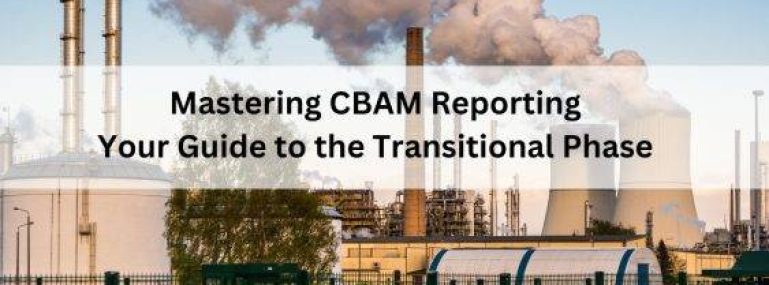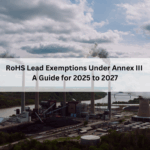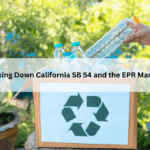The Carbon Border Adjustment Mechanism (CBAM) is a significant tool employed by the European Union (EU) to combat carbon leakage and establish a fair price for carbon emissions associated with the production of carbon-intensive goods entering the EU. It also aims to encourage cleaner industrial production practices in non-EU countries. On August 17, 2023, the European Commission introduced the rules governing the implementation of the Carbon Border Adjustment Mechanism (CBAM) during its transitional phase, scheduled to begin on October 1, 2023, and run until the end of 2025.
CBAM reporting obligations are set to commence from October 1, 2023. Regulation (EU) 2023/956 outlines the reporting requirements for the Carbon Border Adjustment Mechanism during this transitional period. The primary goal of this transitional phase is to act as a pilot and a learning period for all stakeholders, including importers and producers, to gather valuable information about the embedded greenhouse gas emissions in their products. It is essential to note that CBAM is designed to be in compliance with WTO rules.
For companies and importers of CBAM goods operating in the EU, staying well-informed about regulatory developments is of utmost importance. It is vital to start evaluating the overall impact of these regulations on their business activities, as it can significantly influence their sourcing and supply chain operations. The initial phase of CBAM will encompass sectors such as Cement, Iron & Steel products, Aluminium products, Fertilizers, Electricity, and Hydrogen.
Once the permanent CBAM system is enacted on January 1, 2026, importers will be required to declare the quantity of goods imported into the EU for the previous year and disclose their embedded Green House Gas emissions annually. They will then need to surrender the corresponding number of CBAM certificates, which will be traded on a common central platform established by the European Commission.
At ComplianceXL, we offer consulting services to companies navigating the complex landscape of CBAM Regulation. We assist in gathering the necessary data for CBAM goods to proactively comply with the proposed regulations. Our services also help customers meet regulatory milestones and ensure they remain up-to-date as part of their compliance data management strategy.
FAQs:
1. What is CBAM?
Carbon Border Adjustment Mechanism regulates greenhouse gas emissions embedded in certain goods, upon their importation into the customs territory of the European Union (EU), with the purpose of preventing the risk of carbon leakage.
2. What is the obligation of EU importer under CBAM?
EU importer of goods covered by CBAM declares the emissions embedded in its imported goods and surrenders corresponding numbers of CBAM certificate each year.





